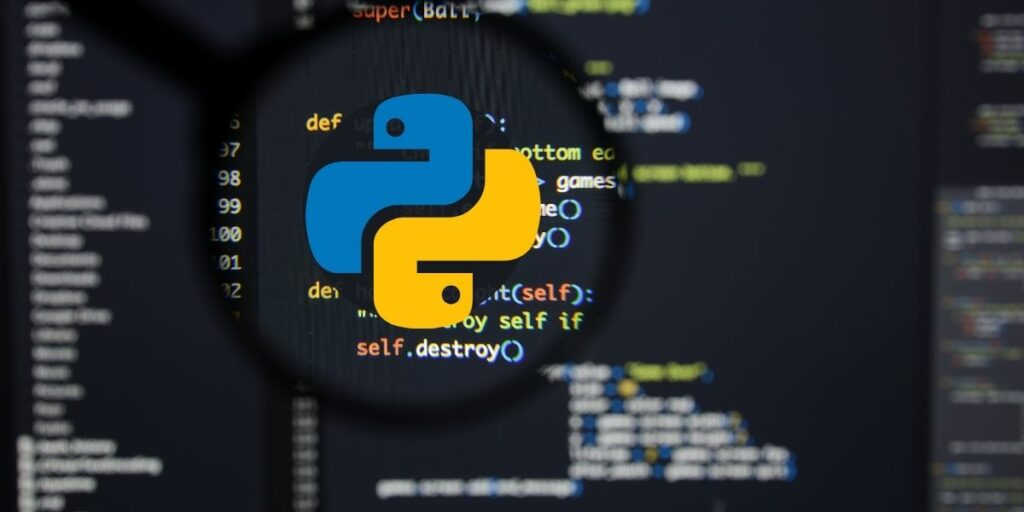
Applied Data Science Coding with Python: How to get Classification AUC ROC
AUC-ROC (Area Under the Receiver Operating Characteristic curve) is a commonly used metric to evaluate the performance of a binary classification model. It is a graphical representation of the model’s ability to distinguish between the two classes, and it can be used to evaluate a model’s overall performance.
In Python, the scikit-learn library provides a built-in function called “roc_auc_score” that can be used to calculate the AUC-ROC of a model. To use it, you first need to import the function from the library and then pass in two arguments: the predicted class probabilities and the true class labels.
The predicted class probabilities are the likelihood scores generated by the model for each class, and the true class labels are the actual class labels of the data points.
The function will then calculate the AUC-ROC score by plotting the true positive rate against the false positive rate for different thresholds of the predicted class probabilities, and then computing the area under the curve.
AUC-ROC is a useful metric because it is insensitive to the imbalance of classes in the data set, unlike accuracy, and it provides a single value that summarizes the model’s performance across all possible thresholds.
In summary, AUC-ROC is a metric used to evaluate the performance of a binary classification model by measuring the area under the curve of the Receiver Operating Characteristic. Python’s scikit-learn library provides a built-in function called “roc_auc_score” that can be used to calculate AUC-ROC, and it is insensitive to class imbalance and provides a single value that summarizes the model’s performance across all possible thresholds.
In this Applied Machine Learning & Data Science Recipe, the reader will learn: How to get Classification AUC ROC.
Essential Gigs
For only $50, Nilimesh will develop time series forecasting model for you using python or r. | Note: please contact me…www.fiverr.com
For only $50, Nilimesh will do your data analytics and econometrics projects in python. | Note: please contact me…www.fiverr.com
For only $50, Nilimesh will do your machine learning and data science projects in python. | Note: please contact me…www.fiverr.com
For only $50, Nilimesh will do your gis and spatial programming projects in python. | Note: please contact me before…www.fiverr.com